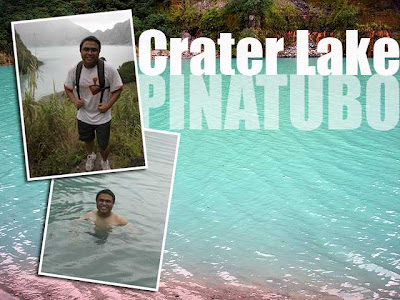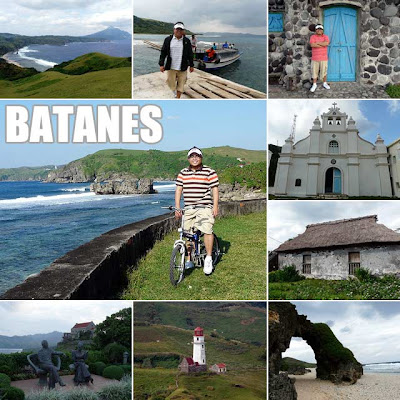
The Pochon Group is once again inviting everyone to join the Pfukhay ad Majawjaw (rice planting in Mayoyao) to be held from January 20-22, 2012 at Barangay Bongan, Mayoyao, Ifugao. This activity will be hosted by the Pochon and Maanichar Centennial Batch Association (Pochon Group) and the community of Barangay Bongan. Other partner organizations include the Mayoyao Tourguides and Indigenous Knowledge Holders Allied Organization (MATIKHAO) and the Akha’kha-emeh Cultural Performing Group.

During the tour, participants get to plant rice in the rice terraces, watch a cultural presentation showcasing the local dances of Mayoyao, learn how the traditional Mayoyao house is contructed and many more. Homestay accommodation will also be offered on the second night of the tour (January 21).
Tour cost is Php3,900 and includes meals, accommodation, transportation within Ifugao and activities. It does not include transportation from Manila to Santiago, Isabela; and from Banaue, Ifugao to Manila. Add Php450 to your deposit so Pochon can do the Banaue-Manila reservation for you. Contact Josh Nalliw at josh21020@gmail.com or +639065308242 for inquiries.
January 19, 2012 (Thursday)
9:00 p.m. - Depart Manila via Victory Liner Bus, Kamias/Kamuning Terminal (purchase your own ticket to Santiago, Isabela)
January 20, 2012 (Friday)
5:00 a.m. - Arrive at Santiago City (Victory Liner Terminal)
- Travel to Mayoyao via the Ifugao towns of Aguinaldo and Alfonso Lista (Pochon Group will be waiting at the terminal)
6:30 a.m. - Breakfast at Ubao, Aguinaldo, Ifugao
10 a.m. - Arrive at Mayoyao, Ifugao (room assignments and rest)
12:00 noon - Lunch at the lodge
1:00 p.m. - Orientation followed by visit to Akakoy Nature Park, demo on native house construction and visit the Mayoyao Museum
5:00 p.m. - Roaming around the town plaza and shopping for souvenirs
7:00 p.m. - Dinner at the lodge
January 21, 2012 (Saturday)
7:00 a.m. - Breakfast at the lodge (pack things for transfer to homestays later in the day)
8:00 a.m. - Proceed to Barangay Bongan and join the rice planting
12:00 noon - Lunch with the community
1:00 p.m. - Trek to Abfo’or burial tomb and down to Mapawoy Rice Terraces Cluster
5:00 p.m. - Homestay assignments
7:00 p.m. - Dinner with respective host families
8:00 p.m. - Cultural presentation
January 22, 2012 (Sunday)
7:00 a.m. - Breakfast (pack-up for trip to Banaue)
8:30 a.m. - Visit to Chu’it Viewpoint
10:00 a.m. - Travel to Banaue
12:00 noon - Lunch
3:00 p.m. - Arrival at Banaue, Ifugao (free time)
8:00 p.m. - Depart for Manila via Florida Bus Liner
January 23, 2012 (Monday)
Between 4 to 5 a.m. - Arrival in Manila, Florida Bus Terminal, Lacson St. cor. Espana Avenue, Sampaloc, Manila
For more information on the tour, read Rice planting experience in Mayoyao, Ifugao.












































